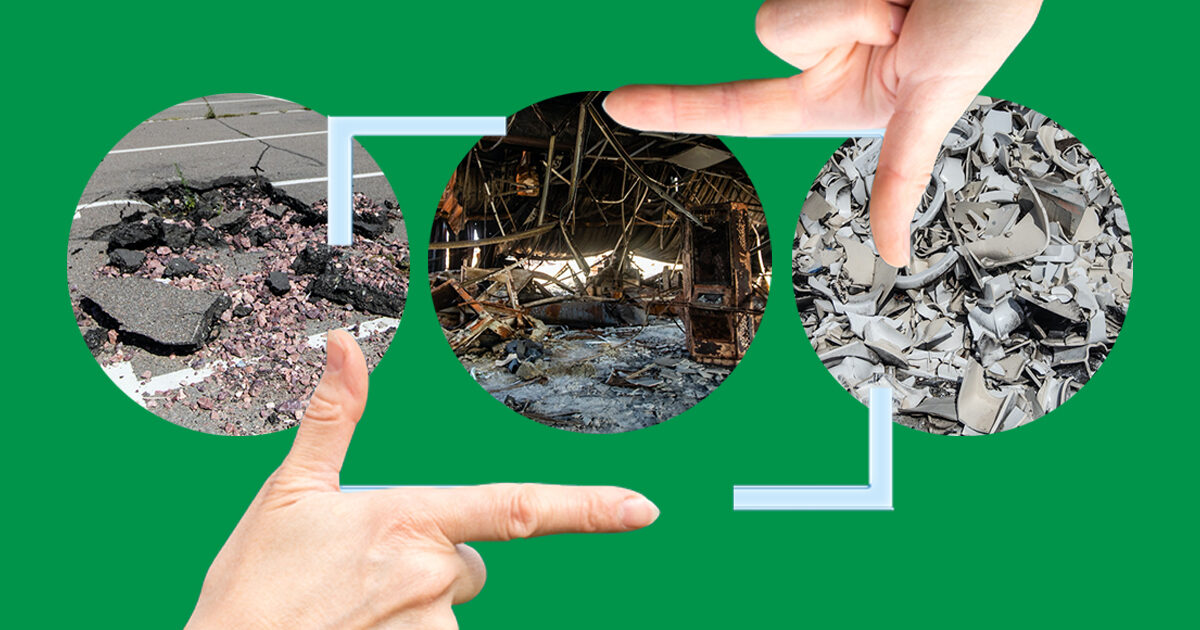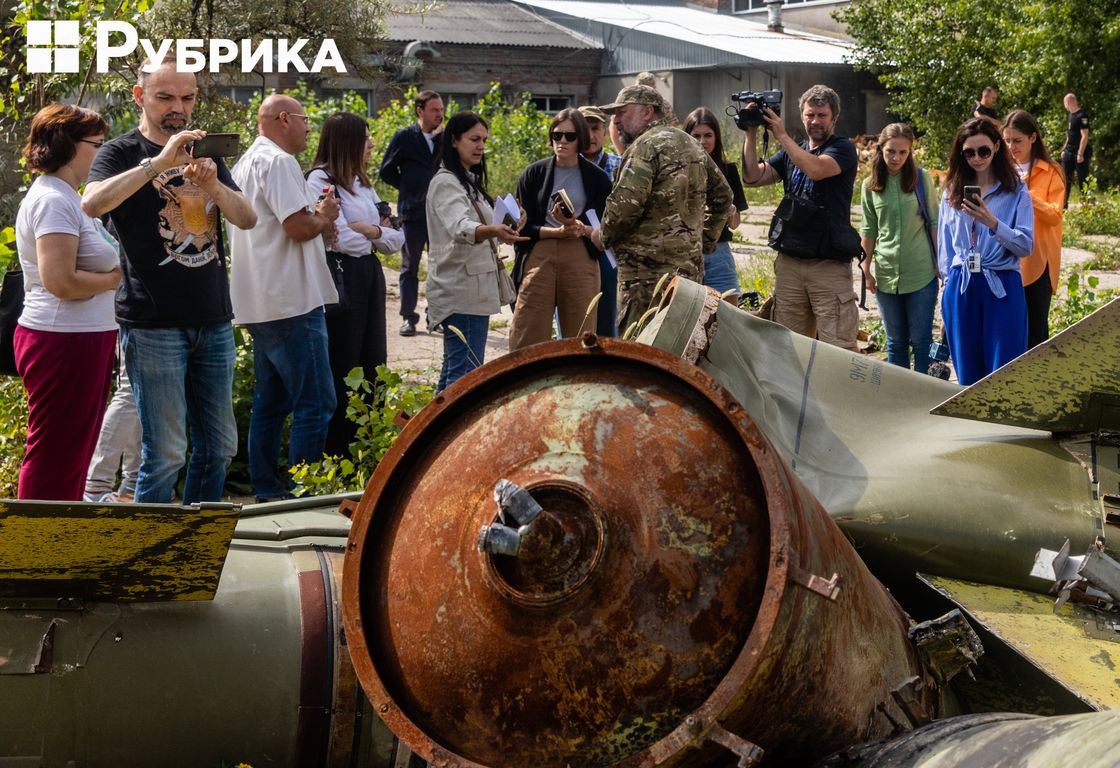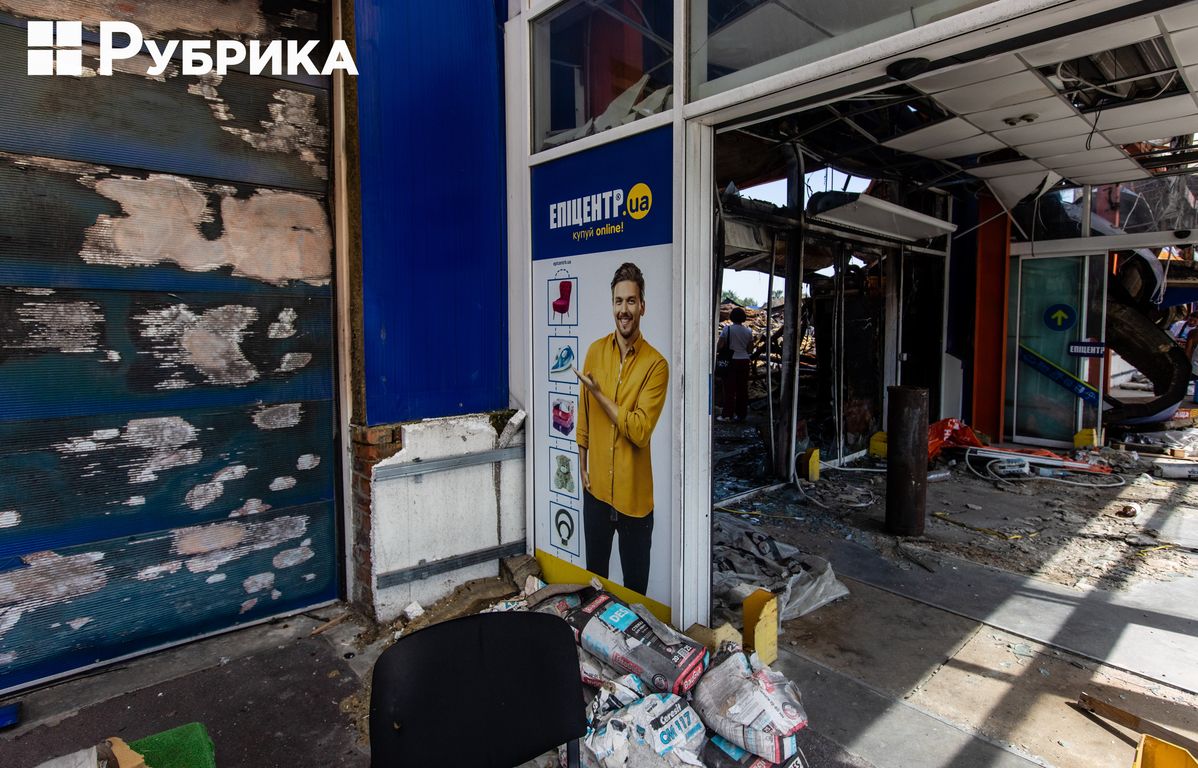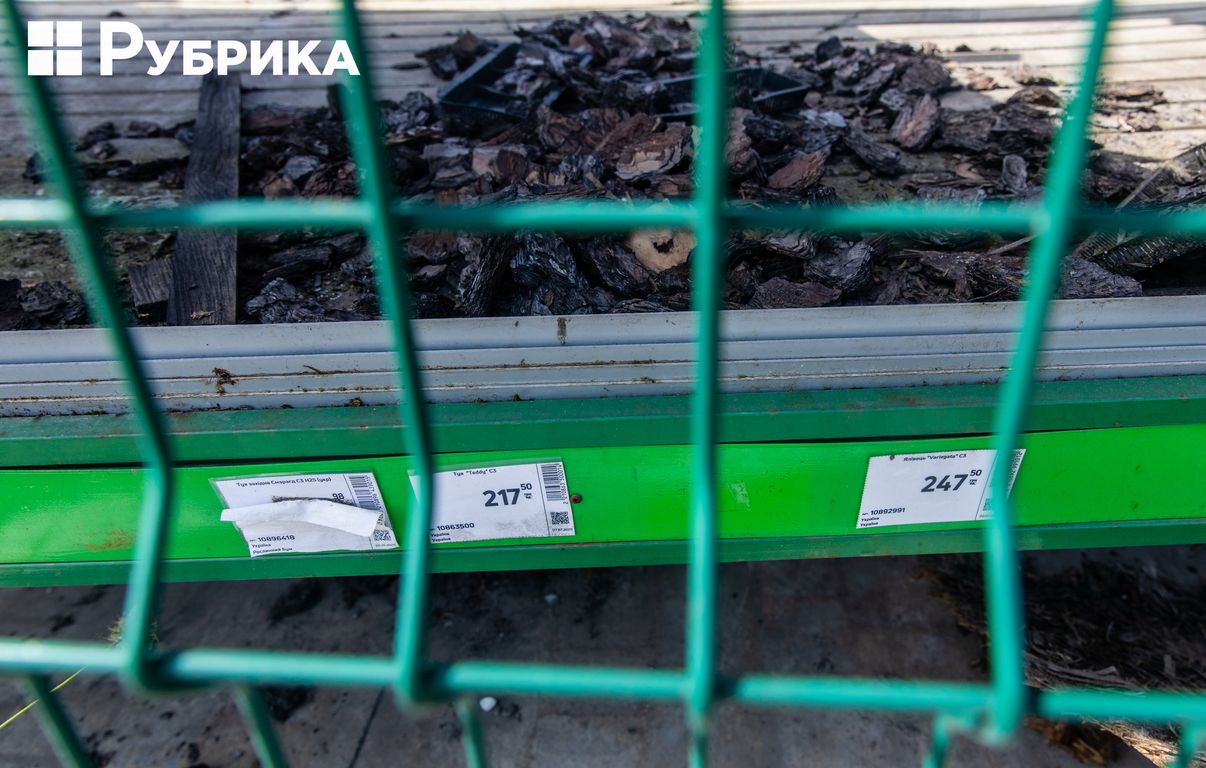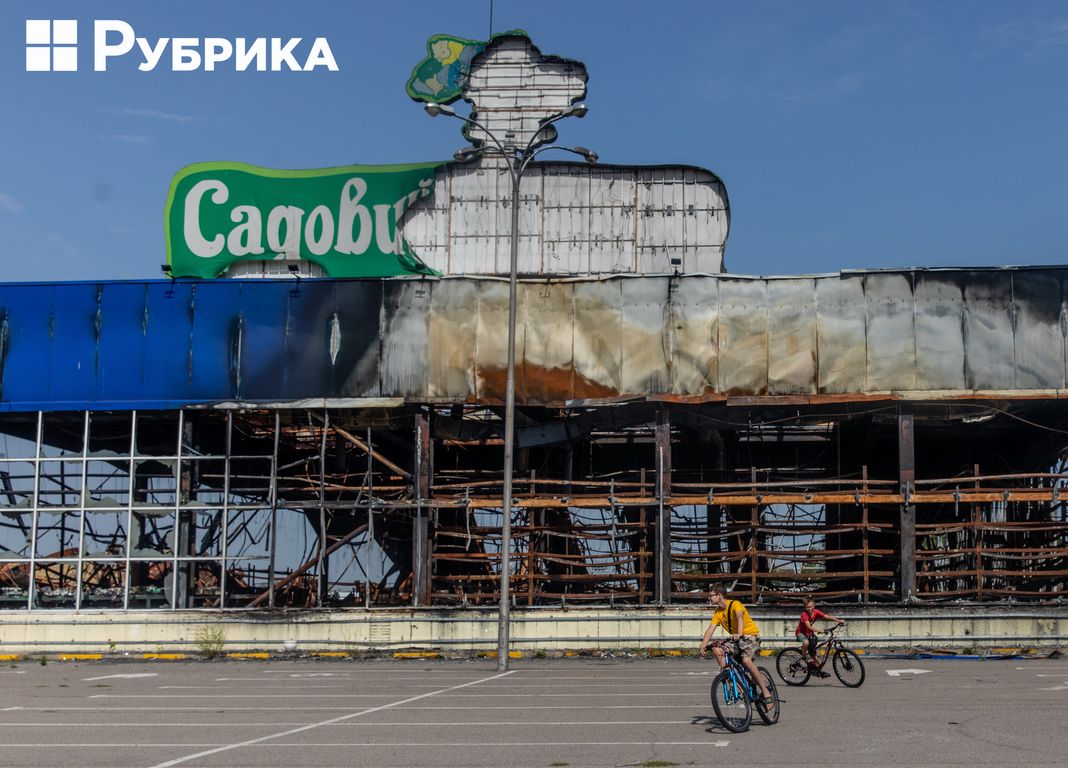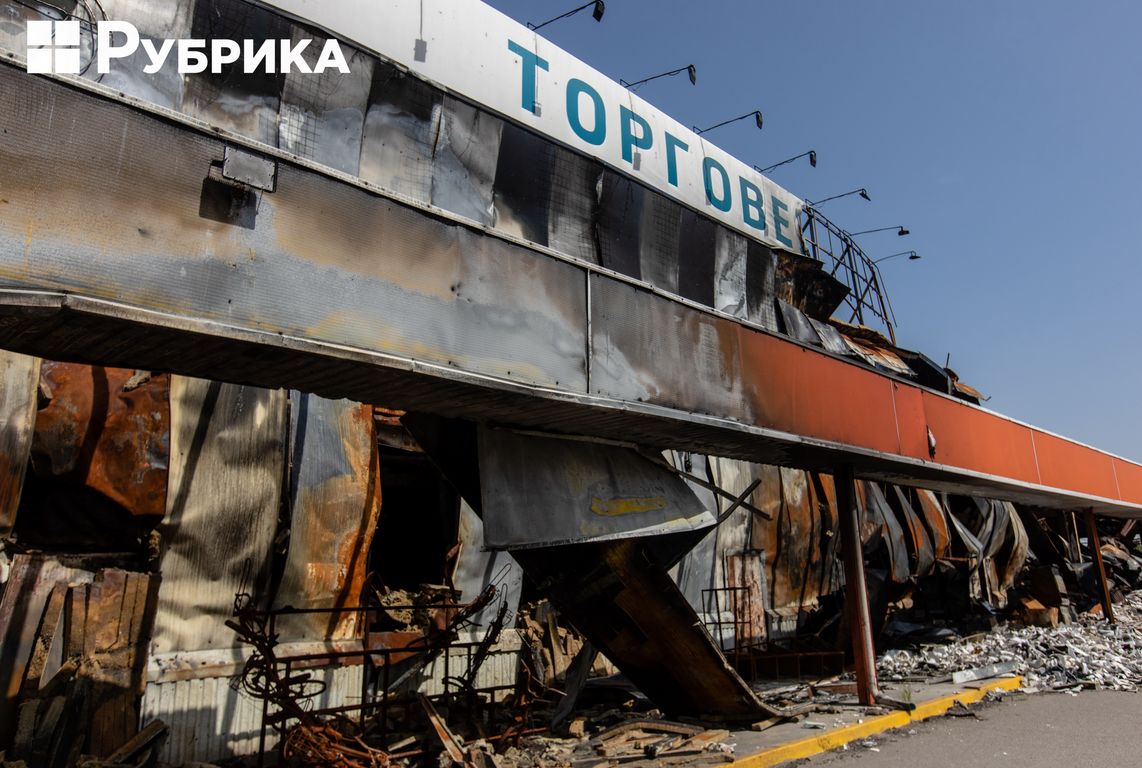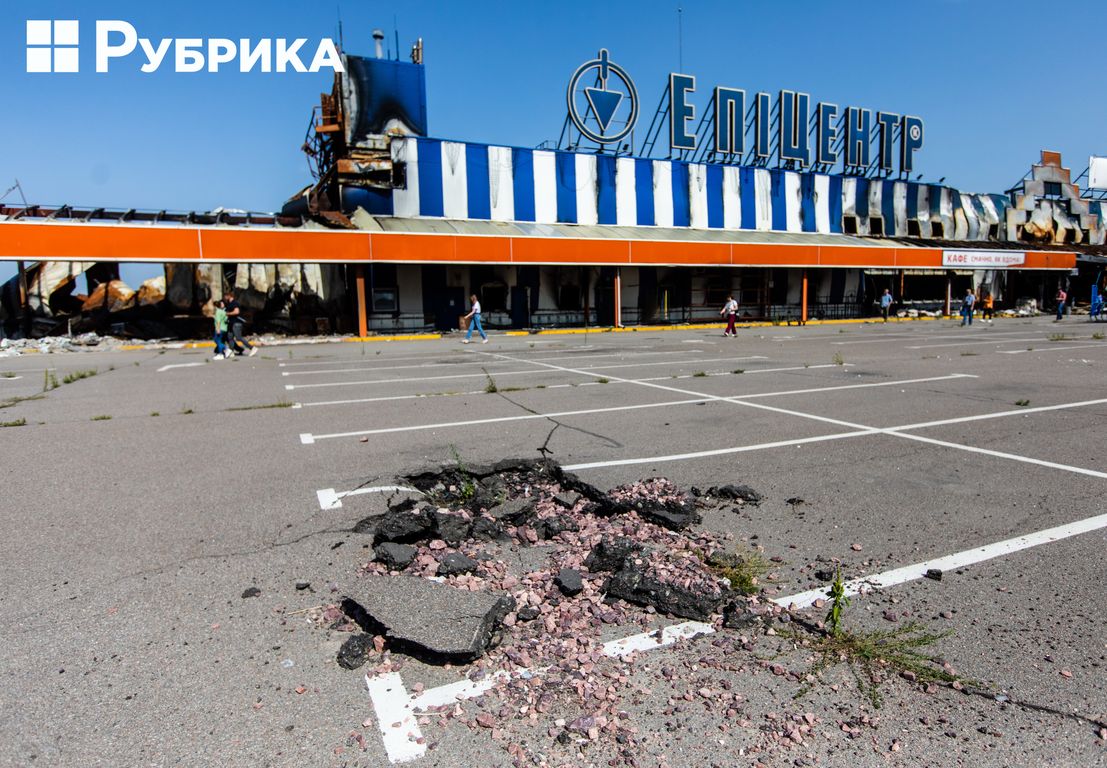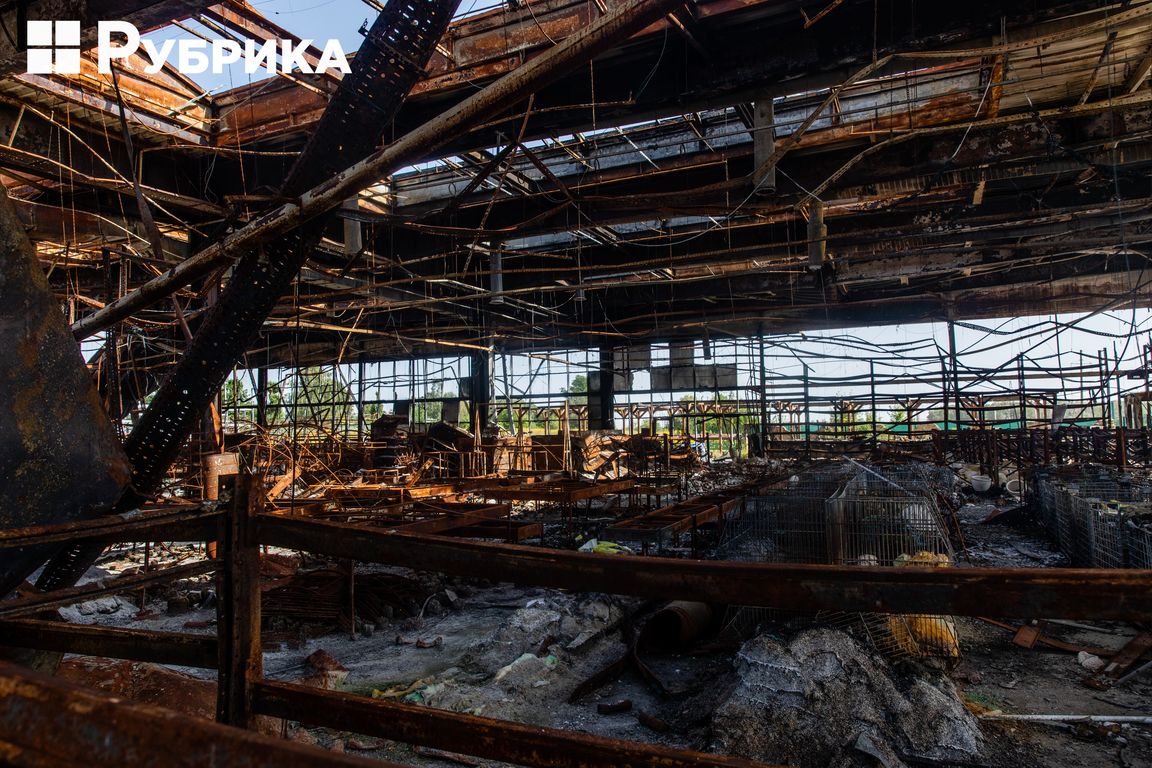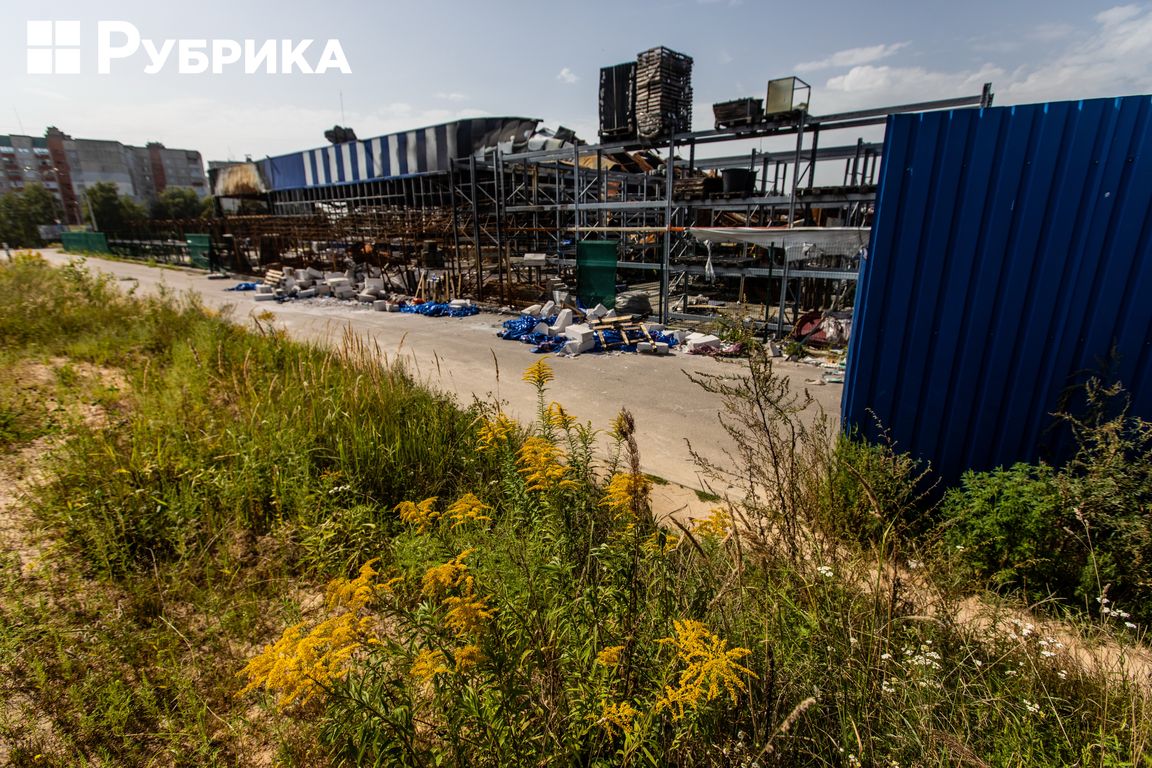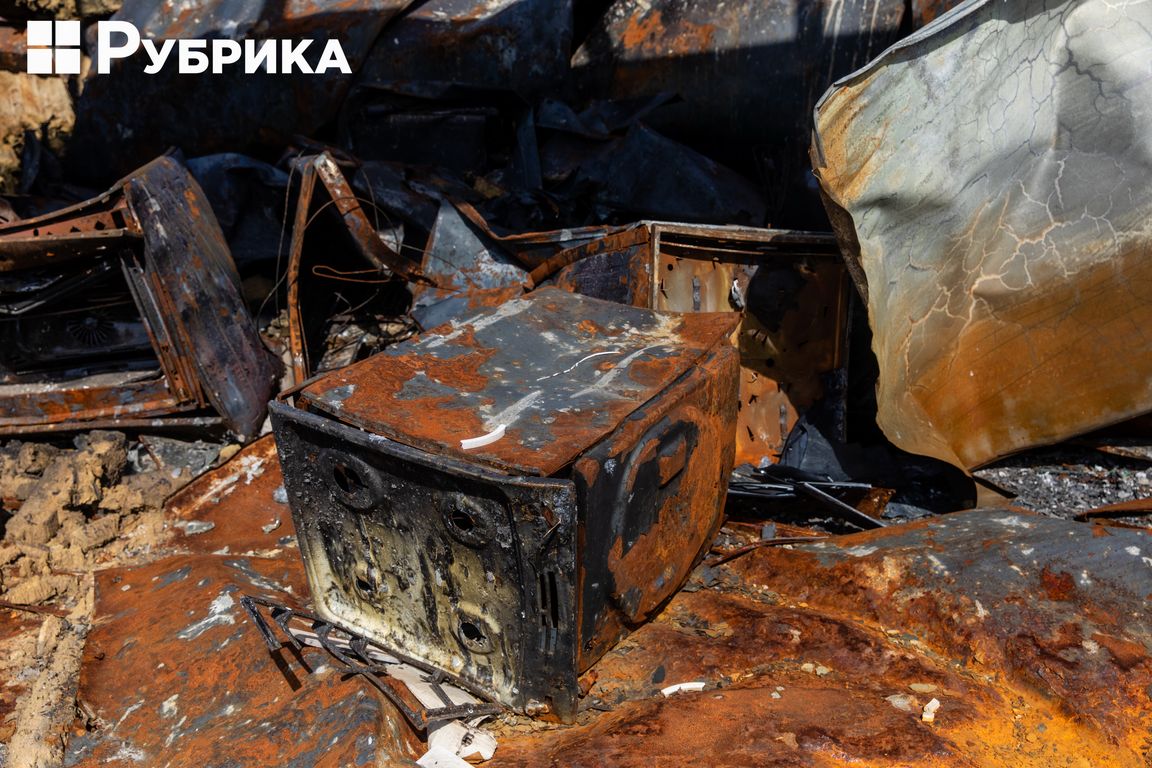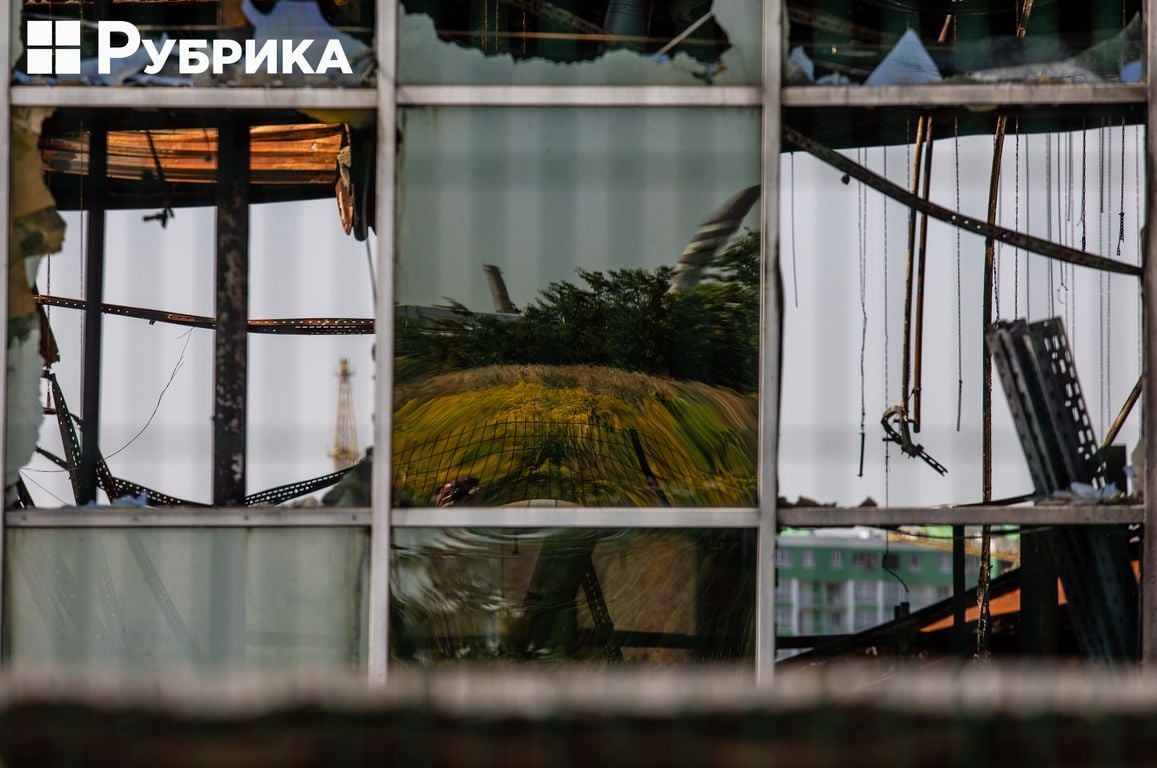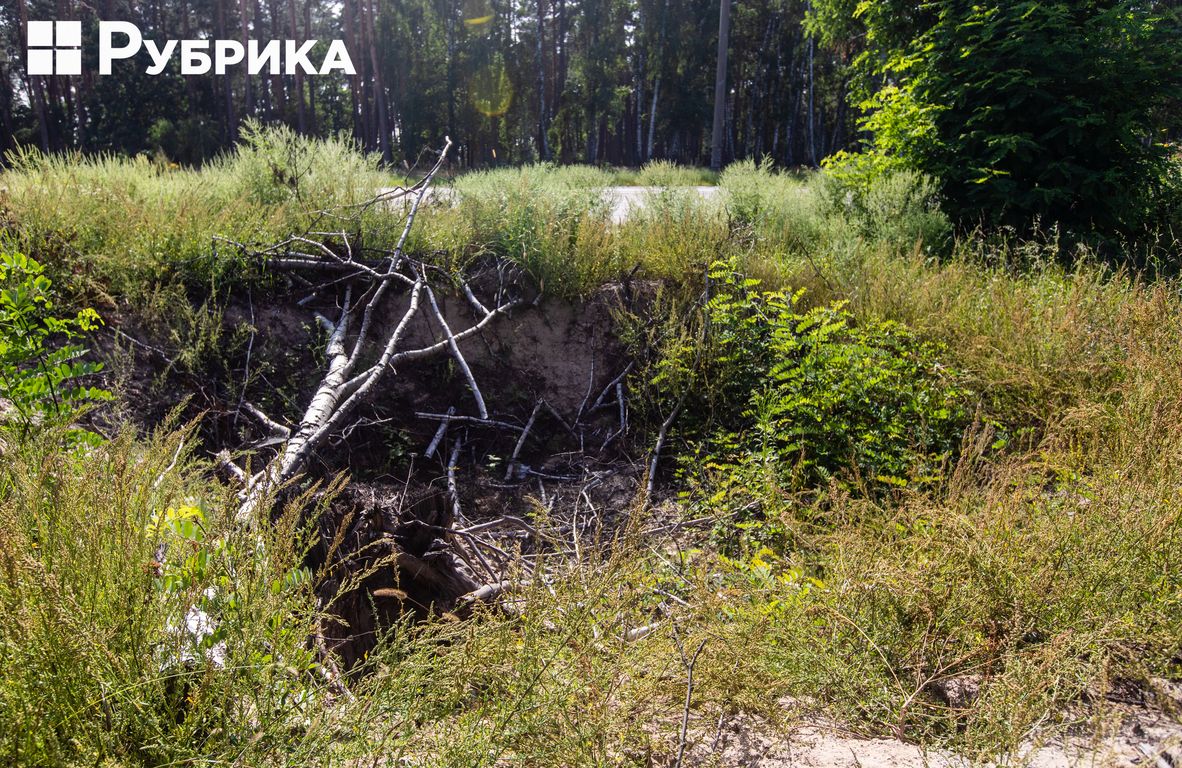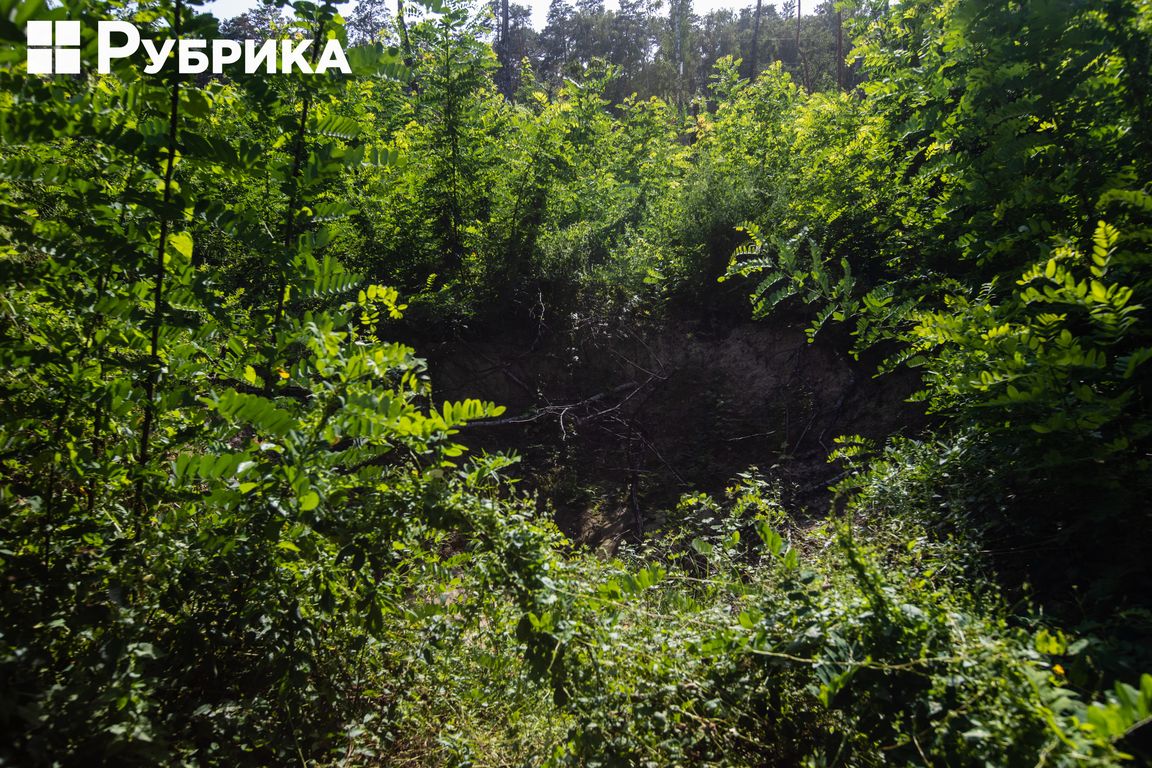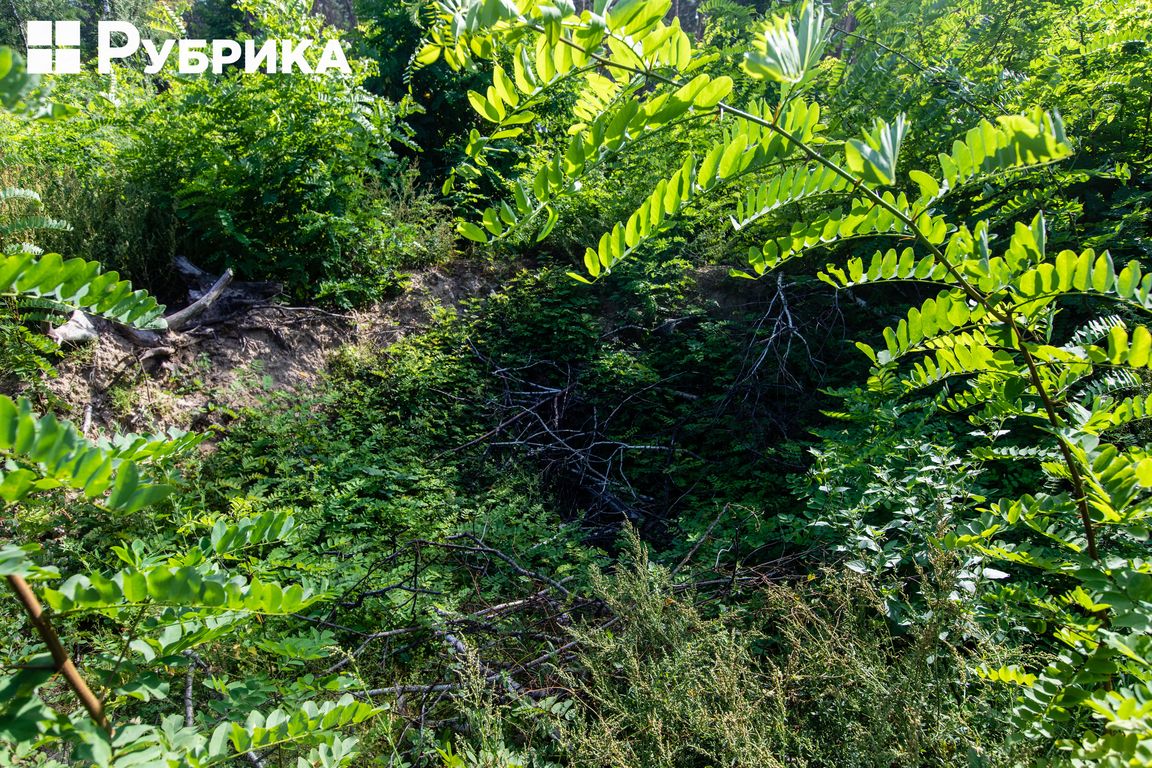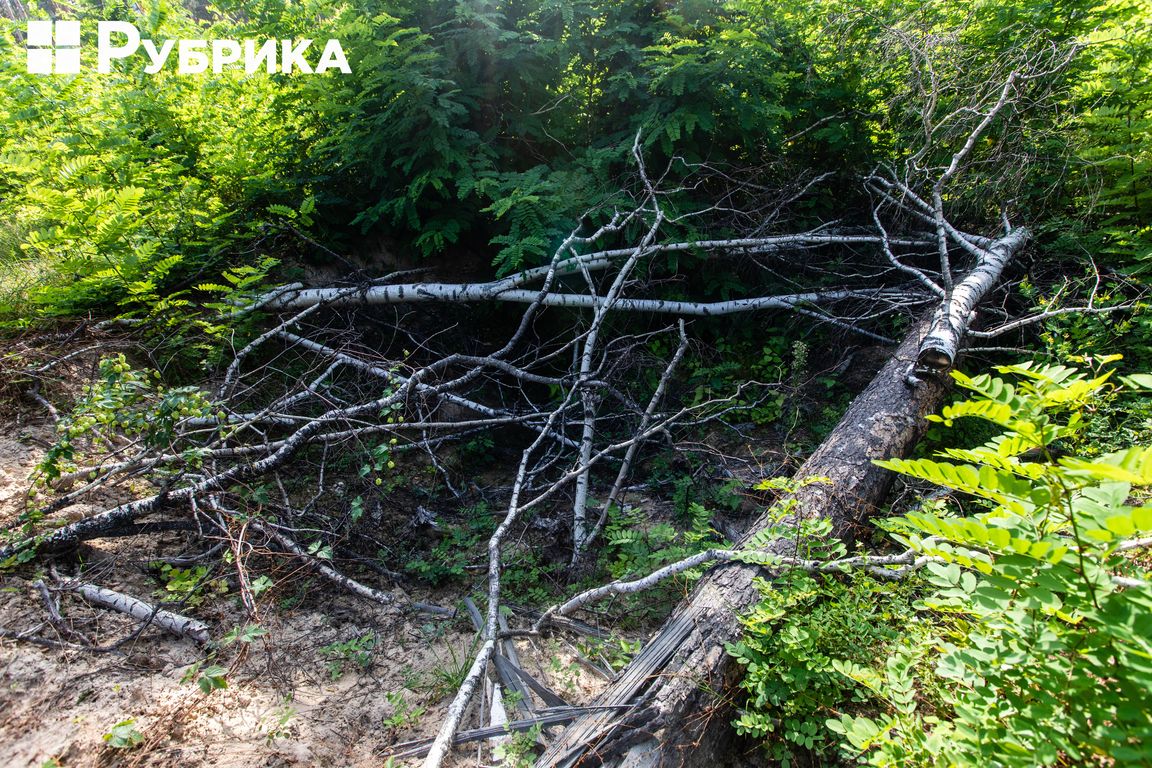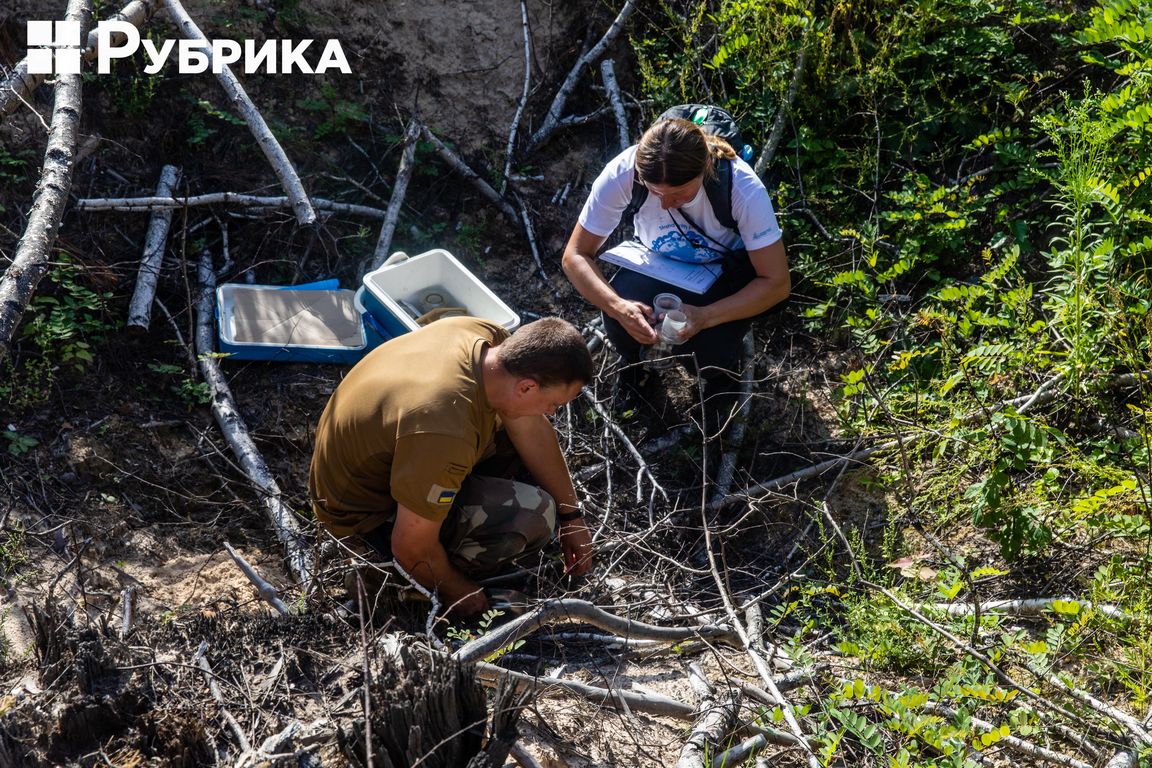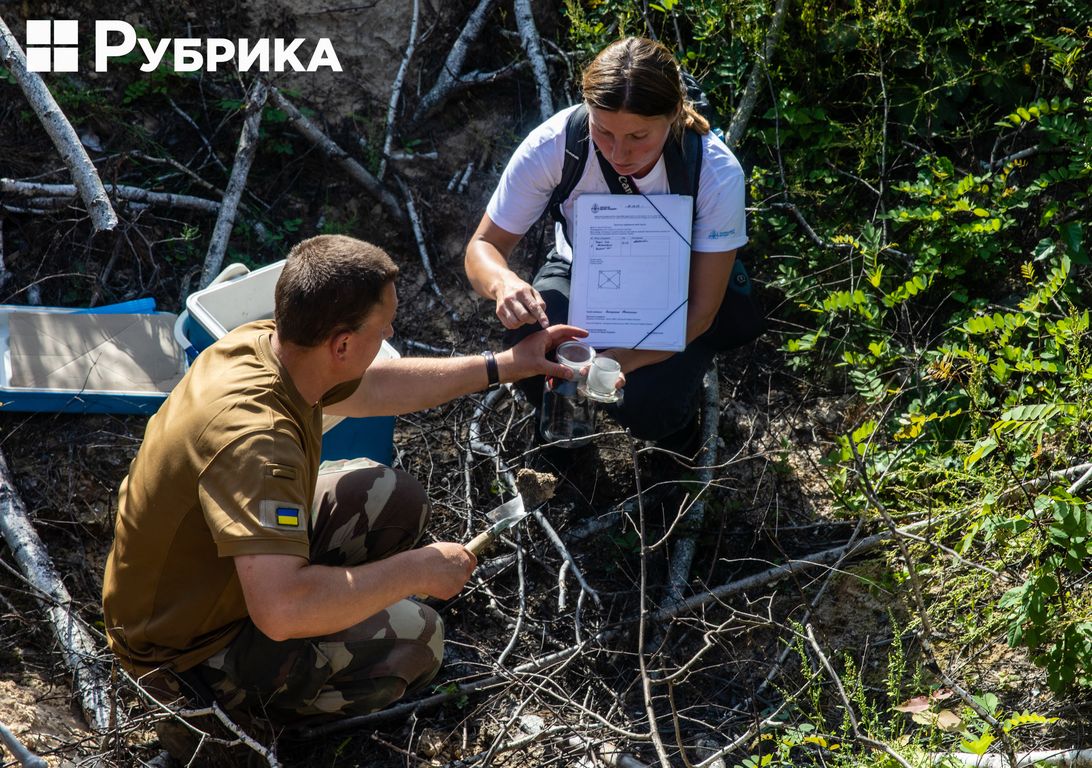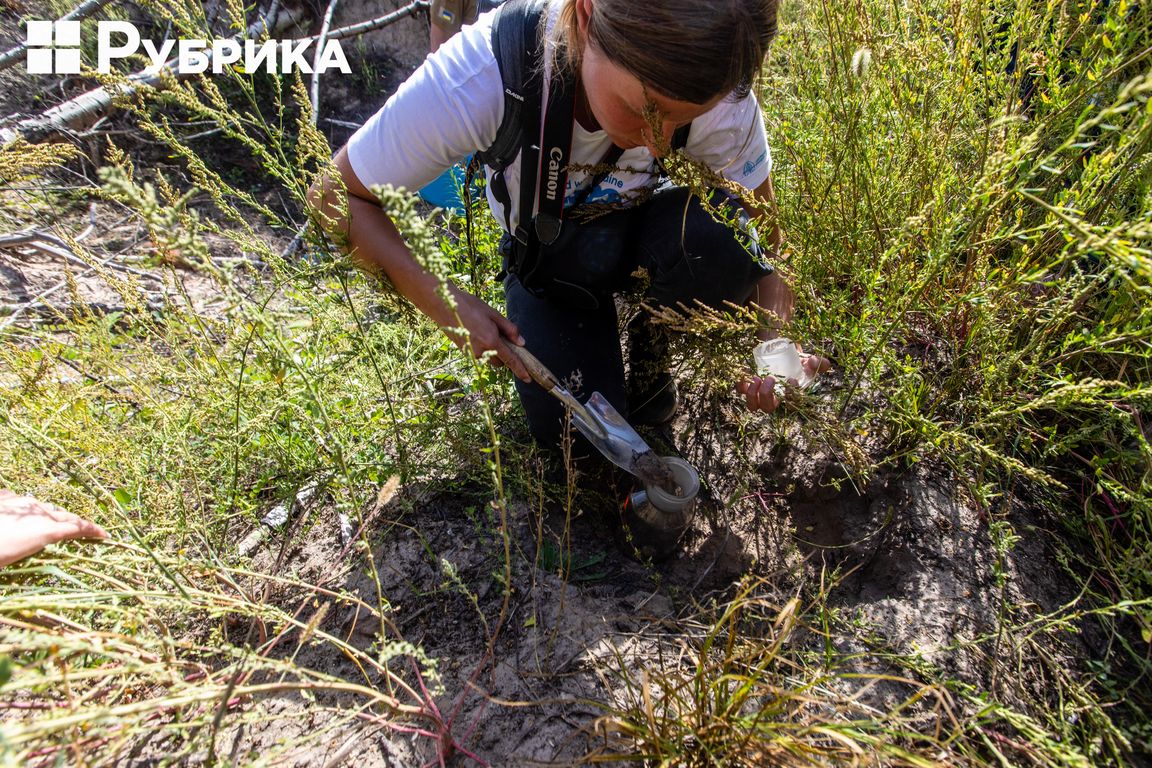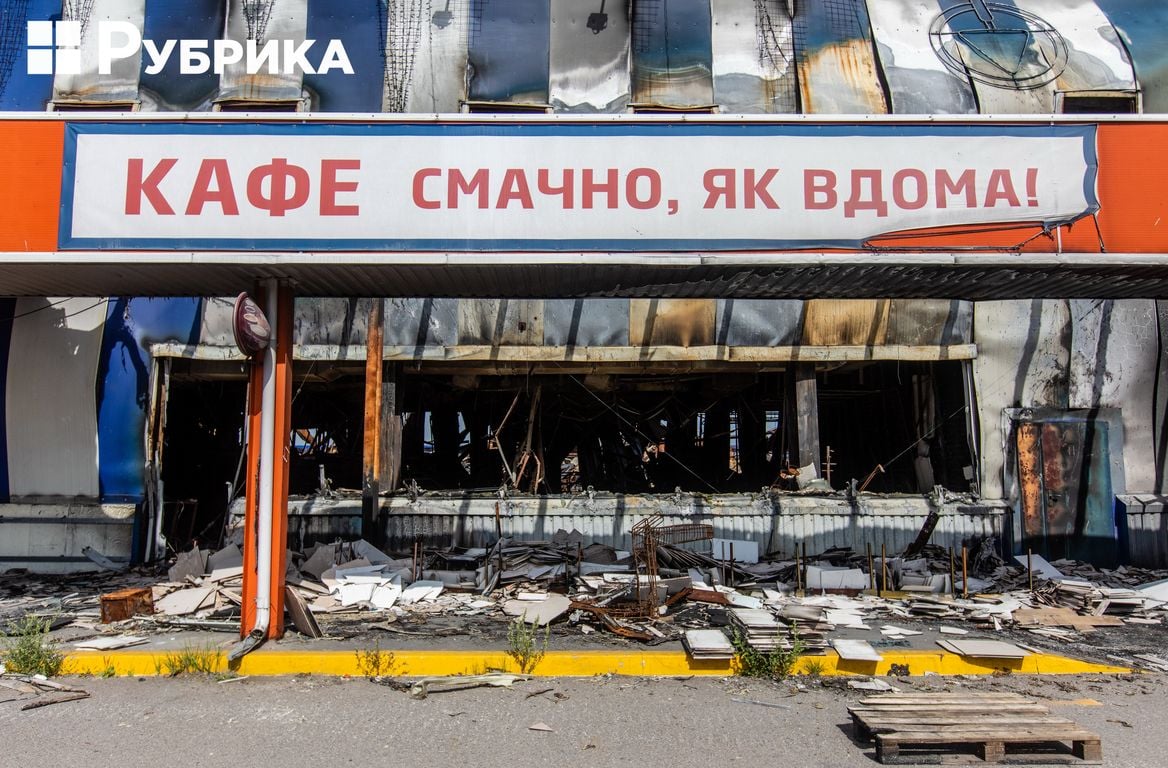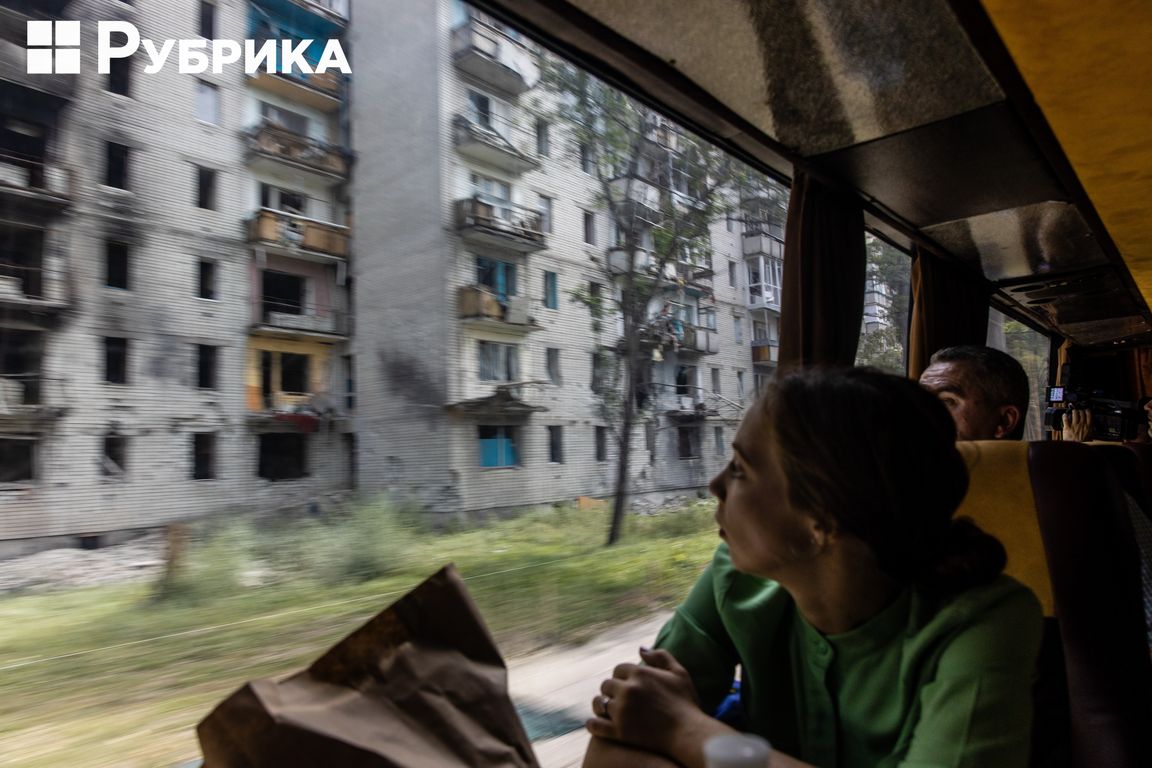
What is the problem?
Rubryka has already reported on the difficulties associated with recording environmental crimes. Since this practice is relatively new in the world and is being used in Ukraine for the first time, we still do not have legally defined methods for recording environmental crimes.
Finding such methods in global practice is currently one of the main goals of environmental organizations. They are the ones who should record violations.
Together with the public organization Environment.People.Law, we went to Chernihiv to record environmental crimes. This article will tell you what it is for, why non-governmental organizations are engaged in recording and not the state, how facts will be transferred to an international court, and the main difficulty.
Documenting crimes against the environment: does time matter?
Let's start with the last one, namely, with the time when environmental crimes should be recorded. First, we should note that the existing methods of recording environmental crimes were used only after the end of wars. In such a case, the scientists had approximate data: how many hectares of forest burned, which land area is no longer suitable for agriculture, and which sources are polluted?
But time passes, and the crimes recorded after some time are a pittance compared to the damage caused immediately.
"The difficulty lies in that we have to record all crimes immediately after they have occurred," says environmentalist Kateryna from Environment.People.Law. Just next to Kateryna is the burned-out Epicenter mall on the outskirts of Chernihiv. It burned down at the beginning of the full-scale war on February 28.
This applies, for example, to polluted air and polluted water. Thus, pollution will be much less noticeable a few months after hostilities in their epicenter. However, it will have time to spread to the surrounding areas. So how do we record crimes in such a case? There is a solution.
What is the solution?
Location—Epicenter
A vast store, or a warehouse of several thousand square meters, is located almost in the wasteland. It is the first location that Rubryka visited together with ecologists. The wind is blowing in the parking lot in front of the shopping center, blowing away the ashes. Opposite the fire were residential buildings. The windows in the apartments are now open.
All these are burnt building materials (household chemicals, glue, and glass wool were stored here). We will not list the store's assortment, which has already turned into ashes; the fact that you can find the entire Mendeleev table here is clear.
"Chipboard, varnishes, paints, and many other materials burned here. As a result, formaldehyde, various nitrogen oxides, etc., were formed. This affects both the health of citizens and the climate," Kateryna comments.
We are now at the final stage of recording. Kateryna holds a camera, and her colleague Anatolii has a huge portable refrigerator. Inside there are several glass containers for samples. Anatolii explains:
"To study the substances we will collect, they must be inert after extraction from the environment. It is easiest to achieve this at low temperatures," containers in the hands of the ecologist will be needed later, after taking samples from the soil. We will need the tools at the following location. For now, we are engaged in photo-recording, and this is already the third stage of documenting the environmental damage caused to the environment by the shopping center burned.
"Just as journalists check the authenticity of a fact in three sources, we collect several confirmations of committed crimes for international courts," Kateryna explains.
Her colleagues already have photos of the former "Epicenter" from space before and after the russian "liberation." It's the first confirmation of the crime.
The second confirmation is the confirmation by the Epicenter administration. It has also already happened. The owners documented what was in the store and what materials and products were on fire. These data have already been submitted to Ukraine's State environmental inspectorate—8 million hryvnias in damages have been calculated.
Kateryna photographs the fire according to a particular protocol, in which she notes the date, location, purpose, and even the camera model. Pictures are numbered. Even though such a detailed recording was made half a year after the fire, it will still be a valuable piece of evidence for the International Court of Justice.
Location—a place of shelling
A following location is a place near a military base fired upon by the russians. You can already be here as the sappers have done their job, but you still have to walk carefully; you can accidentally fall into one of the explosion craters.
Environmentalists descend to the explosion's epicenter; from here, soil samples will be taken for analysis. Subsequently, they are sent to the Morzeev Institute of Public Health or the Levko Medved Institute of Ecohygiene and Toxicology.
"Soil is an excellent preservative medium. If harmful substances from the explosion were partially dispersed into the air, the wind would carry them away. But the explosion has a spherical shape, and some of these substances will fall into the ground, where it remains almost unchanged," ecologist Anatolii explains.
After the analysis, it will be possible to determine what substances the explosives contained, and after that, it will be possible to say what kind of ammunition precisely it was. Of course, this information is also obtained by analyzing the fragments of the exploded cannon and the crater's size. Still, the chemical composition of the compound in the explosive is another piece of evidence (remember, there must be several of them).
Samples are collected by the "envelope" method in five different containers for the accuracy of the analysis. This is how five soil samples are collected: from the crater's center and the four sides. The protocol is also filled out on the scene.
Where is the evidence then directed?
So, photo documenting took place, and soil samples were taken. What's next?
Of course, ecologists cannot directly submit reports to international courts. However, it is possible to do this in cooperation with the Ministry of Ecology or the Prosecutor's Office. Currently, these organizations are collecting evidence of environmental and war crimes to include them later in the case.
How to help environmentalists collect evidence of crimes against the environment?
You can also help environmentalists in collecting evidence.
You must send all reports of war crimes to the Operational Headquarters of the Ministry of Ecology and Natural Resources. It is easy to do through the SaveEcoBot online portal.
Take a few photos, tag a location and select a category in the app. It is possible to record the crime in the categories:
- pollution of water resources
- hazardous military waste
- industrial accidents
- damage to radiation-hazardous objects
- soil pollution and damage to greenery.
Photos by Mykola Tymchenko, Rubryka
Newsletter
Digest of the most interesting news: just about the main thing



